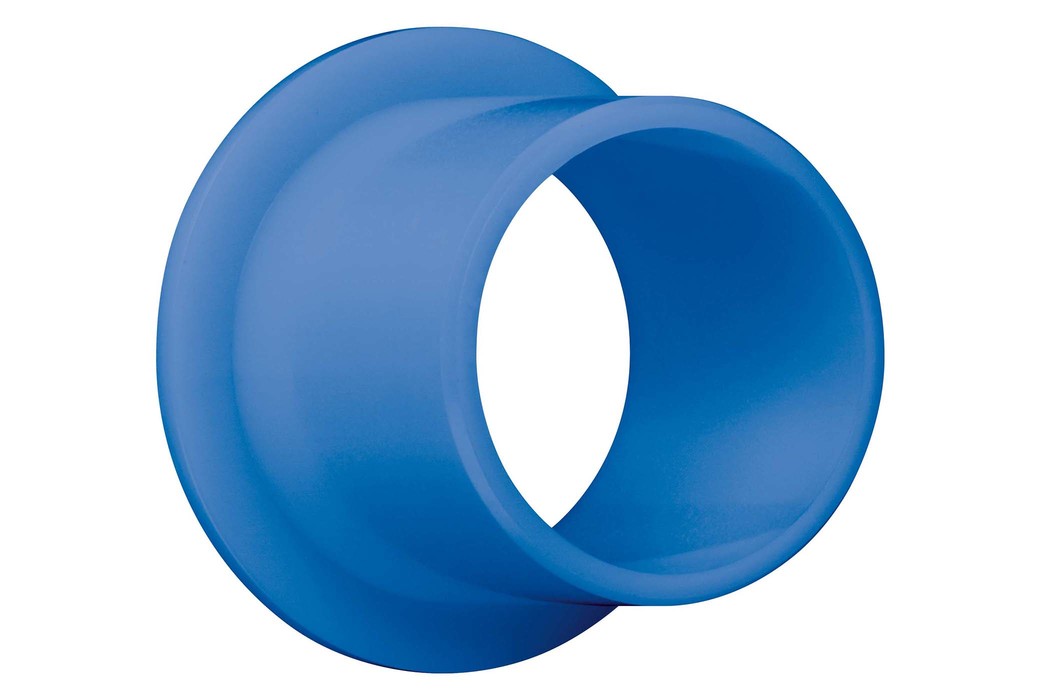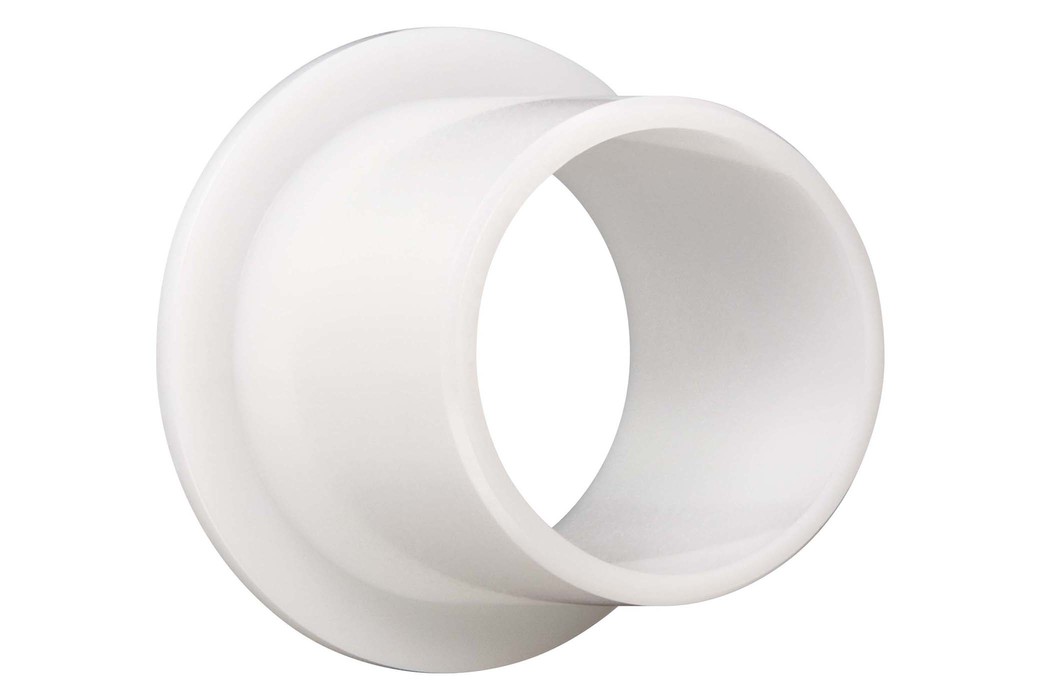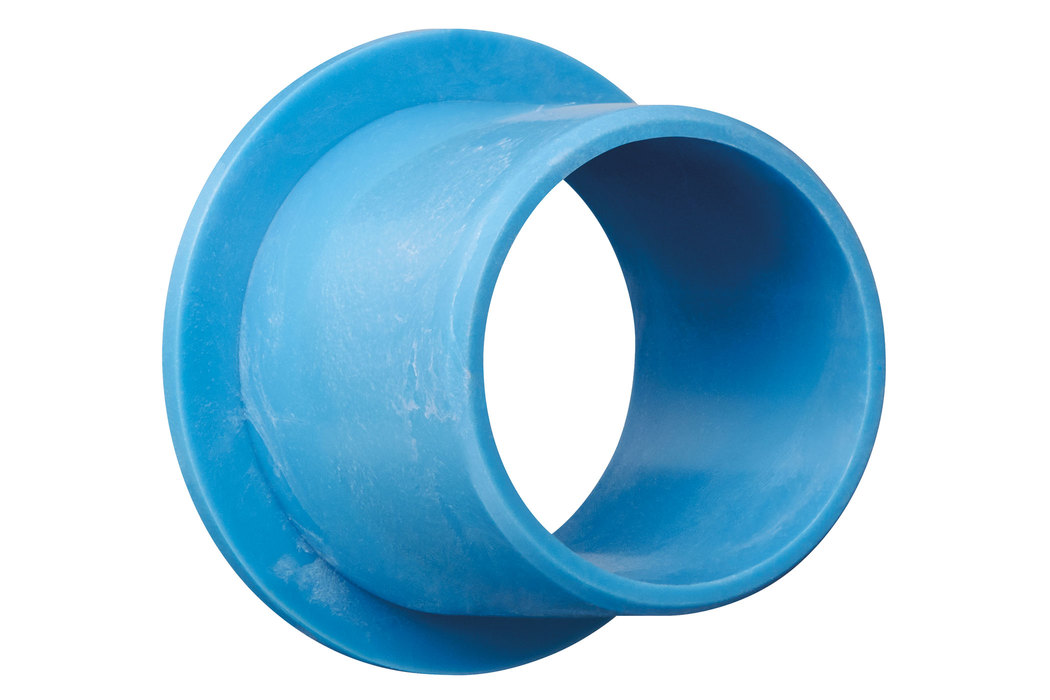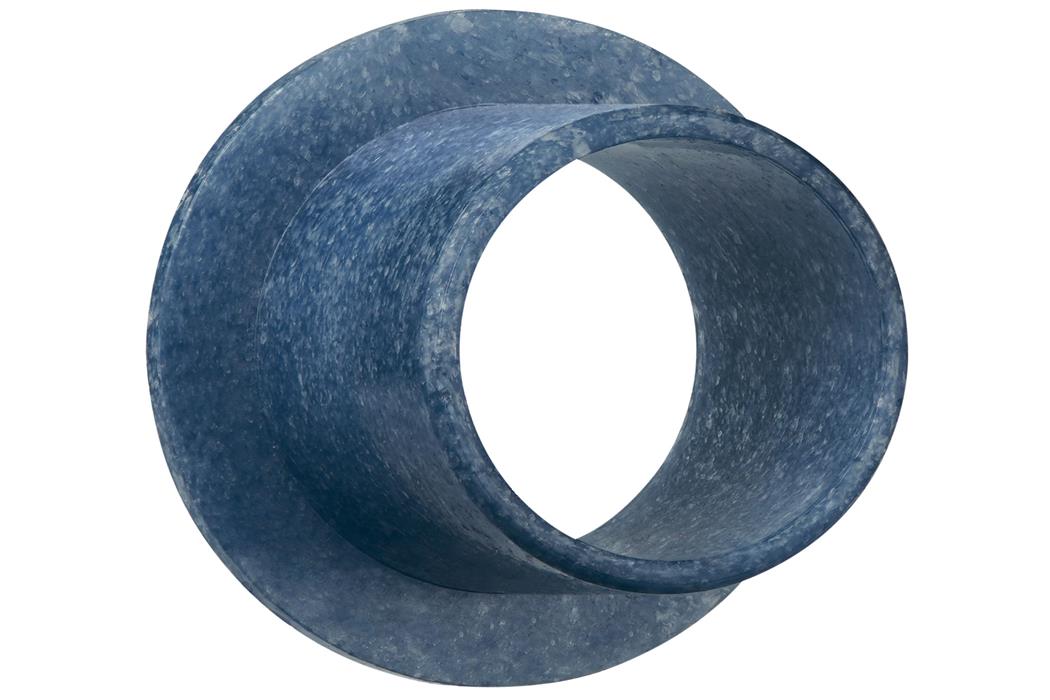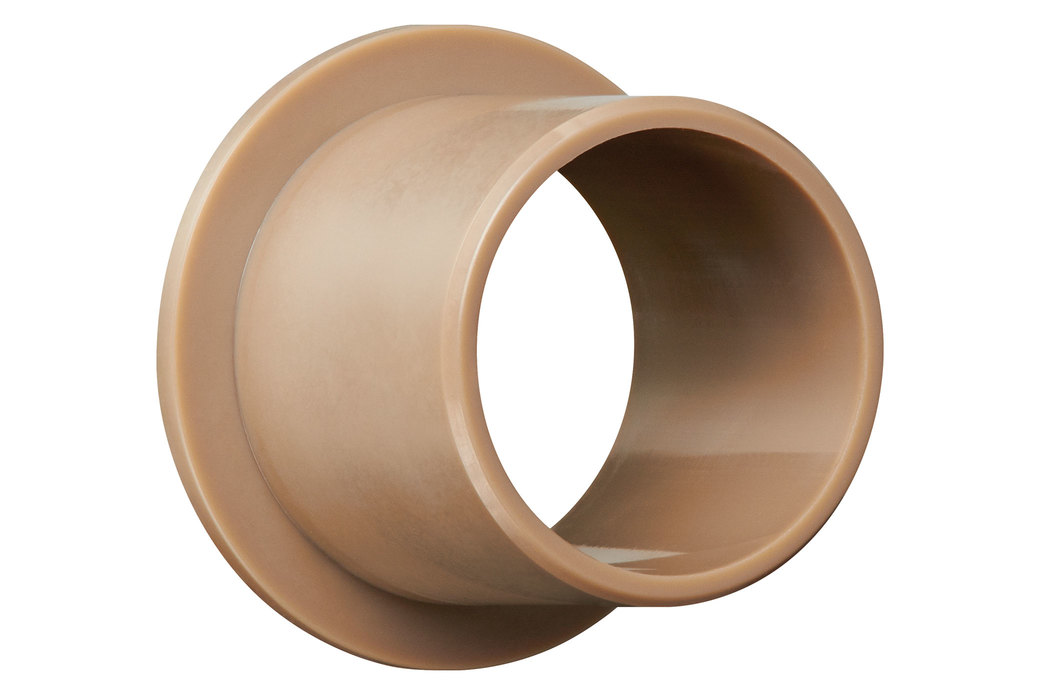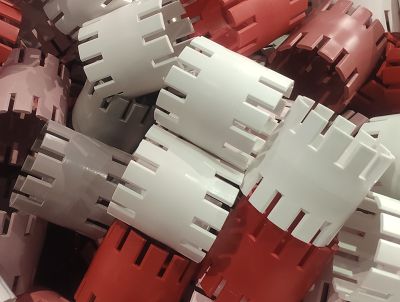Material Hub > Materialien
Materialien
-
Kategorie Thermoplastespezifischer Durchgangswiderstand > 10000000000000 ΩcmEinsatztemperatur -50 – 90 °C
-
Kategorie Thermoplastespezifischer Durchgangswiderstand > 10000000000000 ΩcmEinsatztemperatur -50 – 90 °C
-
Kategorie Thermoplastespezifischer Durchgangswiderstand > 10000000000000 ΩcmEinsatztemperatur -50 – 90 °C
-
Kategorie Thermoplastespezifischer Durchgangswiderstand > 1000000000000 ΩcmEinsatztemperatur -100 – 180 °C
-
Kategorie Thermoplastespezifischer Durchgangswiderstand > 1.0E+15 ΩcmEinsatztemperatur -100 – 250 °C
-
Kategorie Thermoplastespezifischer Durchgangswiderstand > 1.0E+14 Ω*cmEinsatztemperatur -250 – 80 °C
-
Kategorie Thermoplastespezifischer Durchgangswiderstand 4.9E+16 Ω*cmEinsatztemperatur -60 – 250 °C
-
Kategorie Thermoplastespezifischer Durchgangswiderstand 1.0E+15 Ω*cmEinsatztemperatur < 260 °C
-
Kategorie Thermoplastespezifischer Durchgangswiderstand 10000000000000 Ω*cmEinsatztemperatur -50 – 100 °C
-
Kategorie Thermoplastespezifischer Durchgangswiderstand 10000000000000 Ω*cmEinsatztemperatur -50 – 100 °C
-
Kategorie Thermoplastespezifischer Durchgangswiderstand 10000000000000 Ω*cmEinsatztemperatur -50 – 100 °C
-
Rhenoguard® MK I-/AS Serie (Polyurethan und antibakteriell wirksame Additive)
Rhenotherm Kunststoffbeschichtungs GmbH
Kategorie Kunststoffbeschichtungspezifischer Durchgangswiderstand –Einsatztemperatur < 60 °C -
Kategorie Thermoplastespezifischer Durchgangswiderstand > 1.0E+16 Ω*cmEinsatztemperatur 0 – 100 °C
-
Kategorie Thermoplastespezifischer Durchgangswiderstand 4.0E+16 Ω*cmEinsatztemperatur –
-
Kategorie Thermoplastic Compoundspezifischer Durchgangswiderstand 1.0E+16 Ω*cmEinsatztemperatur –
-
Kategorie Thermoplastespezifischer Durchgangswiderstand 4.0E+16 Ω*cmEinsatztemperatur –
-
Kategorie Thermoplastespezifischer Durchgangswiderstand 2.0E+16 Ω*cmEinsatztemperatur –
-
Kategorie Thermoplastic Compoundspezifischer Durchgangswiderstand 1.0E+16 Ω*cmEinsatztemperatur –
-
Kategorie Thermoplastespezifischer Durchgangswiderstand –Einsatztemperatur -210 – 260 °C
-
Kategorie Thermoplastespezifischer Durchgangswiderstand –Einsatztemperatur -210 – 260 °C
